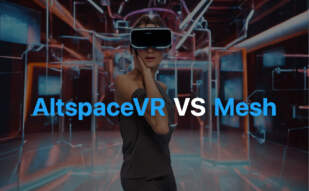If advanced virtual collaboration and immersive team experiences are your pursuit, Microsoft Mesh is unbeatable. Favor the Metaverse if you have your sights on a decentralized, consumer-targeted, multispherical universe, possibly enhanced by blockchain and NFTs.
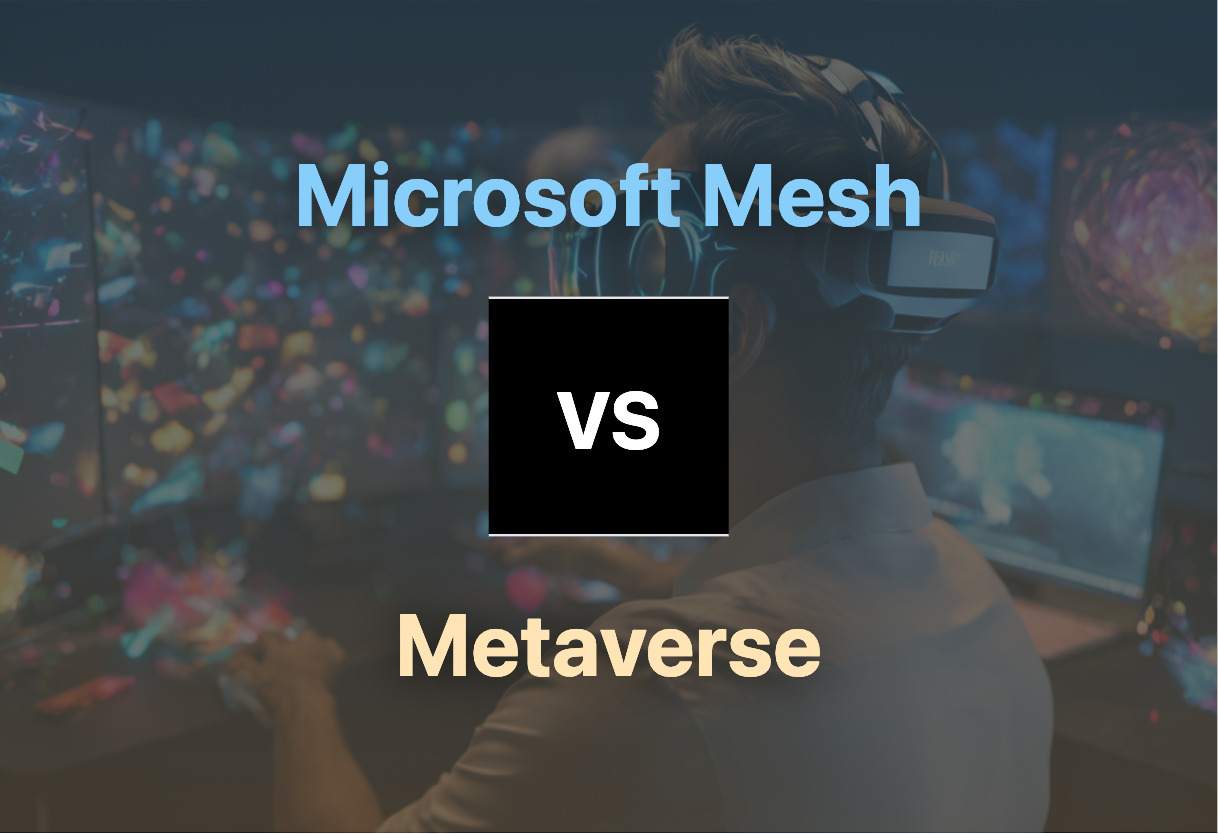
Key Divergences Between Microsoft Mesh and Metaverse
- Microsoft Mesh is centered on enhancing business collaboration, while the Metaverse caters to multiple sectors and consumer interests.
- Mesh offers robust immersive experiences on multiple devices, from HoloLens 2 to PCs; the Metaverse is envisaged to focus prominently on VR and AR experiences.
- Microsoft Mesh deploys Azure for cloud computing and AI-powered tools for holoportation; the Metaverse might utilize blockchain and NFTs for transactional activities.
- While Microsoft Mesh builds on existing Microsoft technology and infrastructure, the journey for the Metaverse, beginning as a Sci-Fi concept, has been catalyzed by a host of tech advancements and companies over several decades.
| Comparison | Microsoft Mesh | Metaverse |
|---|---|---|
| Type of Technology | Three-dimensional immersive experience | Immersive 3D internet concept |
| Remote Collaboration | Enables distributed workforce to connect in 3D immersive space, building relationships via Microsoft Teams with Mesh | Metaverse will likely include VR and AR experiences for remote collaboration |
| Focus on Human Connections | Mesh creates authentic human connections, reduces distractions and increases focus in virtual meetings and events | Metaverse as concept has been portrayed for decades to enhance human connectivity |
| Device Compatibility | HoloLens 2, VR Headsets, PCs | Assuming broad device compatibility considering Metaverse’s wide-web concept |
| Integration With Platforms | Teams for future mixed reality group meetings | Interoperability with blockchain and NFTs expected |
| Underlying Infrastructure | Built on Azure, leverages AI capabilities for Microsoft Mesh, Azure Active Directory, and Microsoft Accounts | Origin lies in the advent of worldwide web, proof-of-work, and several VR/AR advancements. Companies like Ethereum contributed significantly |
| Unique Atttributes | Spatial interaction, co-presence, immersion | Inclusion of numerous 3D worlds targeted at different consumer sectors and industries |
| Development Tools for Customization | Mesh SDK, upcoming functionalities include Unreal, Babylon, React Native | Anticipated involvement of extensive VR, AR, Blockchain, and AI tech stacks |
| Applications | Hanai World project for remote live entertainment; collaborations with Niantic for shared mixed-reality sessions | Nike, Tommy Hilfiger, McLaren, Walmart exploring retail and marketing opportunities in Metaverse |
What Is Microsoft Mesh and Who’s It For?
Microsoft Mesh is a groundbreaking technology designed to offer a three-dimensional immersive experience. With a focus on optimizing the virtual workspace, this solution fosters connections and collaborations in shared spaces, paving the path for building meaningful work relationships. It is intended for distributed workforces eager to engage in deep collaborative tasks, educational training, and highly interactive team sessions.
Infused with data from Microsoft’s Work Trend Index, Mesh addresses the challenge of relationship building in remote or hybrid work. Mesh’s platform-agnostic nature, compatibility with HoloLens 2, VR headsets, and PCs makes it highly accessible for all businesses in need of immersive collaborative spaces.
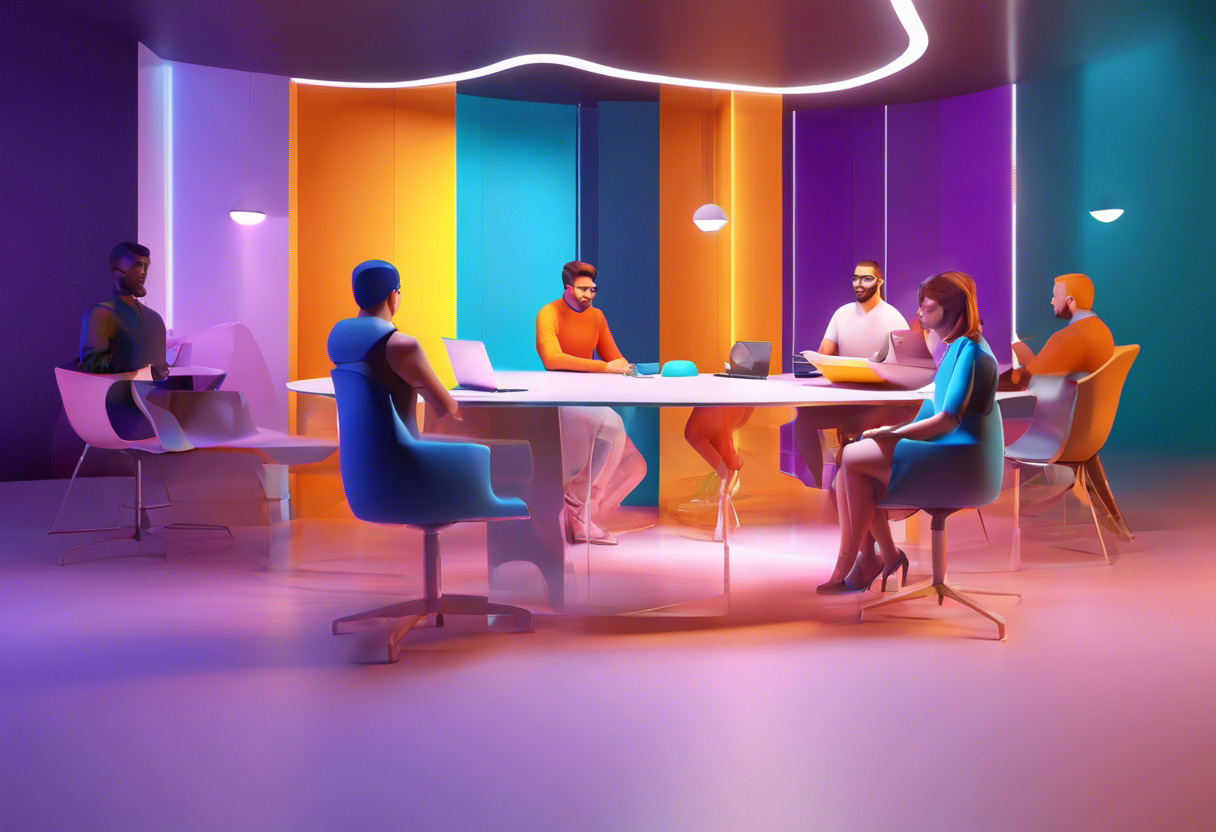
Pros of Microsoft Mesh
- Enables immersive 3D experiences for remote teams
- Supports a variety of devices
- Promises to integrate with Teams for future mixed reality group meetings
- Equips developers with AI-powered tools for session management, spatial rendering, and synchronizations
- Transforms traditional 2D meetings into engaging 3D experiences.
Cons of Microsoft Mesh
- High learning curve
- Necessitates considerable investment in compatible hardware
- Dependent on high-speed internet for optimal performance
What Is Meta’s Metaverse and Who’s It For?
Meta’s Metaverse, a concept decades old yet freshly invigorated by Facebook’s rebrand to Meta, portrays an immersive 3D Internet, which fuses VR and AR experiences. Its grand ambition is to host numerous 3D worlds targeted at consumers and industries, promising immersive digital experiences beyond traditional screens.
The Metaverse is intended for users desiring a next-level online experience, developers interested in creating new metaverse spaces, and business entities exploring retail and marketing in the Metaverse. Additionally, it aims to serve industries that would benefit from virtual interaction, digital commerce, and interoperability aided by blockchain and NFTs.

Pros of Meta’s Metaverse
- Promises seamless fusion of VR and AR experiences
- Opportunities for creating, participating in multiple 3D worlds
- Potent tool for digital commerce and marketing
- Perspective to incorporate blockchain and NFTs
Cons of Meta’s Metaverse
- Still in conceptual stage, execution relies heavily on technological advancements
- Potential concerns regarding virtual identity, data privacy, and security
- Dependent upon widespread user adoption for success
Which Direction Should You Take: Microsoft Mesh or Metaverse?
Decisions, especially in technology, demand meticulous inspection. Is Microsoft’s Mesh your path or do you resonate with Metaverse’s call? Let’s dive in.
Developers and AR/VR Creators
Microsoft Mesh with its avant-garde, highly advanced tools such as AI-powered avatars, holoportation, spatial rendering, session management, and synchronizations, triumphs. Emboldened by Azure’s cloud computing, Mesh impeccably unlocks possibilities for rich custom immersive experiences with its upcoming support for Unreal, Babylon, and React Native.
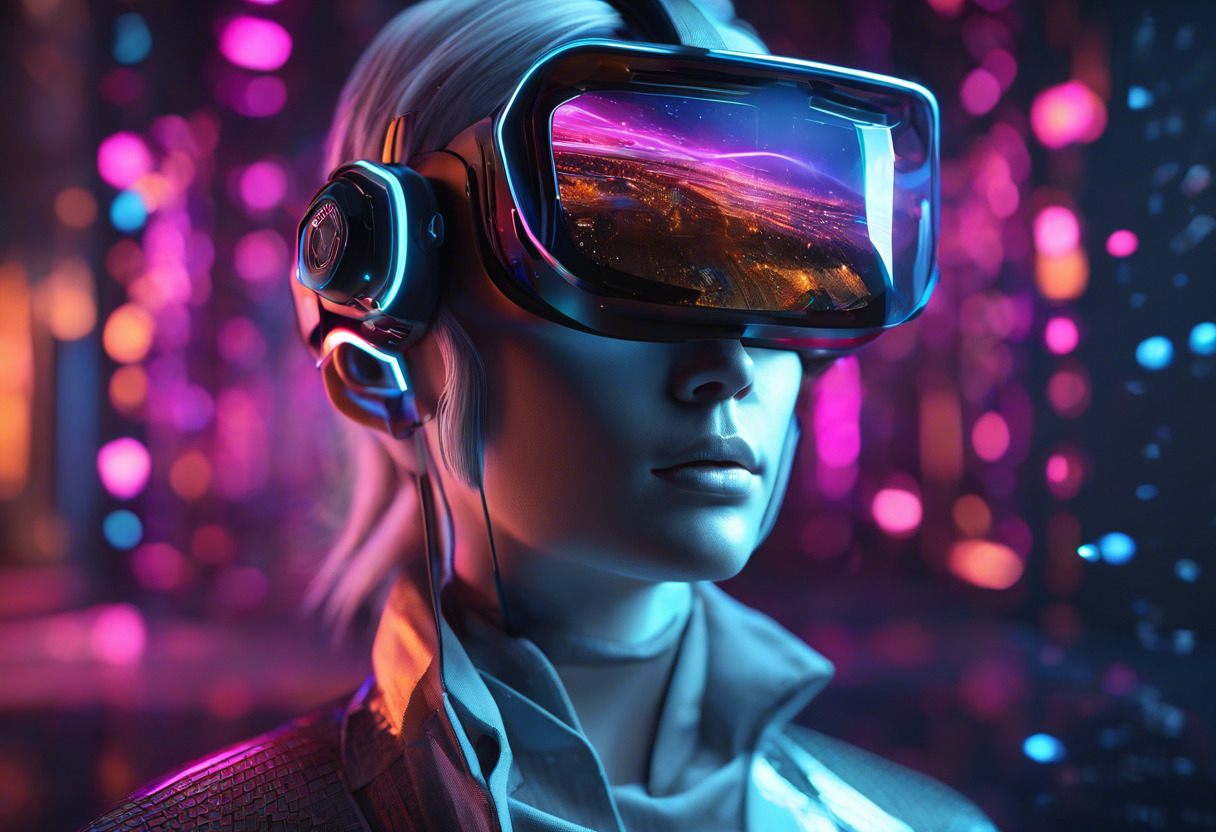
Remote and Hybrid Workforce
For Microsoft Teams users, Mesh comes as an exceptionally persuasive choice. Transcending audio-video conferencing to 3D immersive experiences, Mesh addresses the critical challenge of relationship building & focus in remote work, as identified by 43% of leaders in Microsoft’s Work Trend Index report.

Digital Gaming and Entertainment Industry
Metaverse, laden with history and potential, is a gateway to captivating 3D worlds. Its harmonization of blockchain tech, NFTs, and extraordinary immersive experiences, provides vast opportunities for game developers and entertainment business.
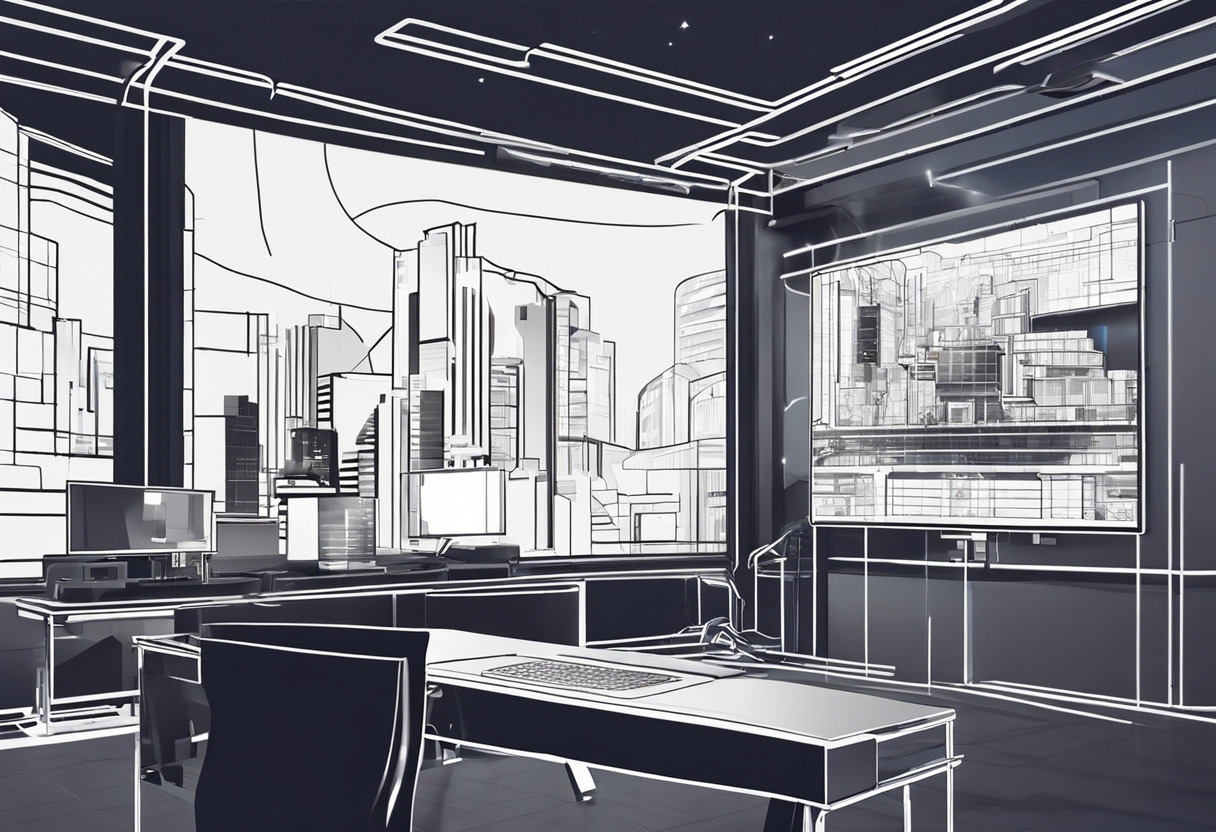
Retail and Marketing Ventures
The Metaverse unfolds a revolutionary dimension for digital marketing and retail, already explored by giants like Nike, Tommy Hilfiger, and McLaren. Engaging consumers via novel 3D branded spaces is the Metaverse’s strong suit.

For inexhaustible customization, future integration possibilities, and reinventing remote collaboration, choose Microsoft Mesh. Should your interests lie in the realm of digital commerce, gaming, and ancient roots of VR, opt for the Metaverse.
Hannah Stewart
Content writer @ Aircada, tech enthusiast, metaverse explorer, and coffee addict. Weaving stories in digital realms.



